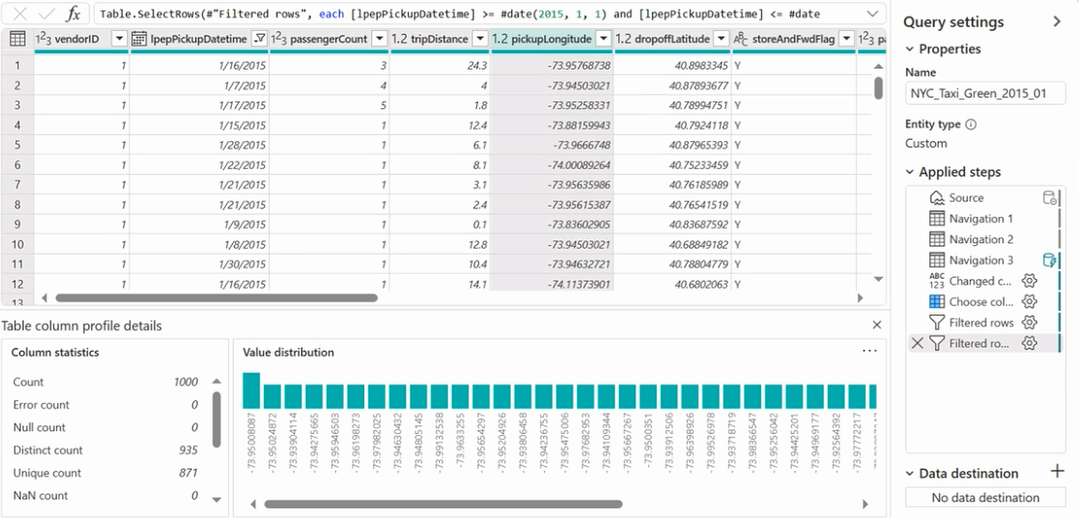| Question.31 You have a Fabric tenant that contains a lakehouse. You plan to use a visual query to merge two tables. You need to ensure that the query returns all the rows in both tables. Which type of join should you use? (A) inner (B) full outer (C) left outer (D) right anti (E) right outer (F) left anti |
31. Click here to View Answer
Answer: B
| Question.32 You have a Fabric tenant that contains a workspace named Workspace1. Workspace1 is assigned to a Fabric capacity. You need to recommend a solution to provide users with the ability to create and publish custom Direct Lake semantic models by using external tools. The solution must follow the principle of least privilege. Which three actions in the Fabric Admin portal should you include in the recommendation? Each correct answer presents part of the solution. NOTE: Each correct answer is worth one point. (A) From the Tenant settings, set Allow XMLA Endpoints and Analyze in Excel with on-premises datasets to Enabled. (B) From the Tenant settings, set Allow Azure Active Directory guest users to access Microsoft Fabric to Enabled. (C) From the Tenant settings, select Users can edit data model in the Power BI service. (D) From the Capacity settings, set XMLA Endpoint to Read Write. (E) From the Tenant settings, set Users can create Fabric items to Enabled. (F) From the Tenant settings, enable Publish to Web. |
32. Click here to View Answer
Answer: ACD
| Question.33 You plan to deploy Microsoft Power BI items by using Fabric deployment pipelines. You have a deployment pipeline that contains three stages named Development, Test, and Production. A workspace is assigned to each stage. You need to provide Power BI developers with access to the pipeline. The solution must meet the following requirements: Ensure that the developers can deploy items to the workspaces for Development and Test. Prevent the developers from deploying items to the workspace for Production. Follow the principle of least privilege. Which three levels of access should you assign to the developers? Each correct answer presents part of the solution. NOTE: Each correct answer is worth one point. (A) Build permission to the production semantic models (B) Admin access to the deployment pipeline (C) Viewer access to the Development and Test workspaces (D) Viewer access to the Production workspace (E) Contributor access to the Development and Test workspaces (F) Contributor access to the Production workspace |
33. Click here to View Answer
Answer: ADE
| Question.34 You have a Fabric workspace named Workspace1 that contains a dataflow named Dataflow1. Dataflow1 has a query that returns 2,000 rows. You view the query in Power Query as shown in the following exhibit.  What can you identify about the pickupLongitude column? (A) The column has duplicate values. (B) All the table rows are profiled. (C) The column has missing values. (D) There are 935 values that occur only once. |
34. Click here to View Answer
Answer: A
| Question.35 You have an Azure Repos repository named Repo1 and a Fabric-enabled Microsoft Power BI Premium capacity. The capacity contains two workspaces named Workspace1 and Workspace2. Git integration is enabled at the workspace level. You plan to use Microsoft Power BI Desktop and Workspace1 to make version-controlled changes to a semantic model stored in Repo1. The changes will be built and deployed to Workspace2 by using Azure Pipelines. You need to ensure that report and semantic model definitions are saved as individual text files in a folder hierarchy. The solution must minimize development and maintenance effort. In which file format should you save the changes? (A) PBIP (B) PBIDS (C) PBIT (D) PBIX |
35. Click here to View Answer
Answer: A
